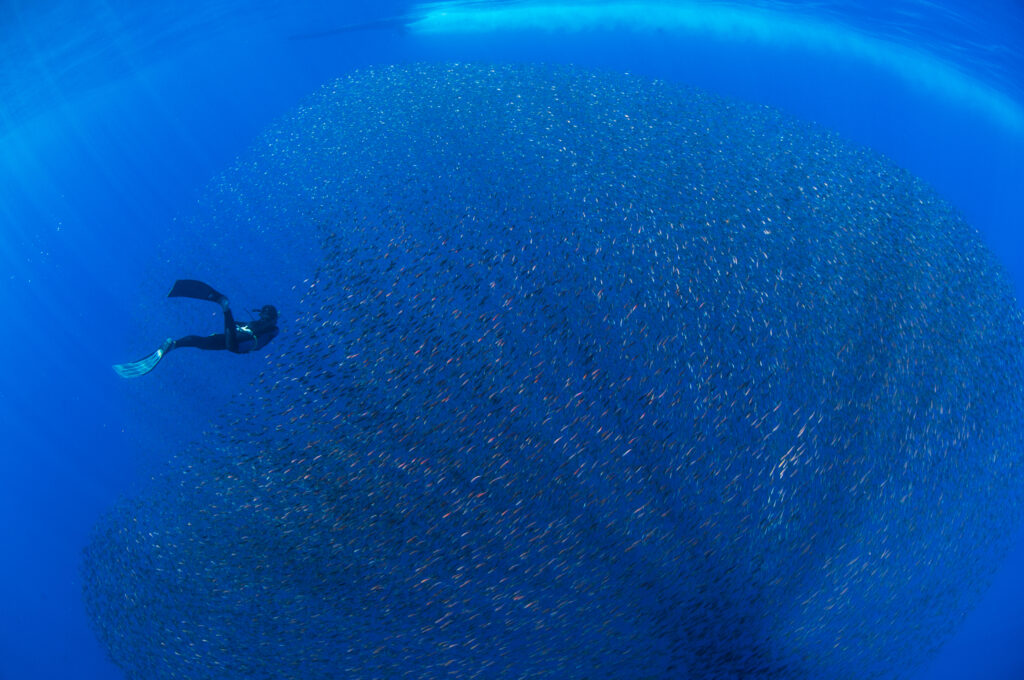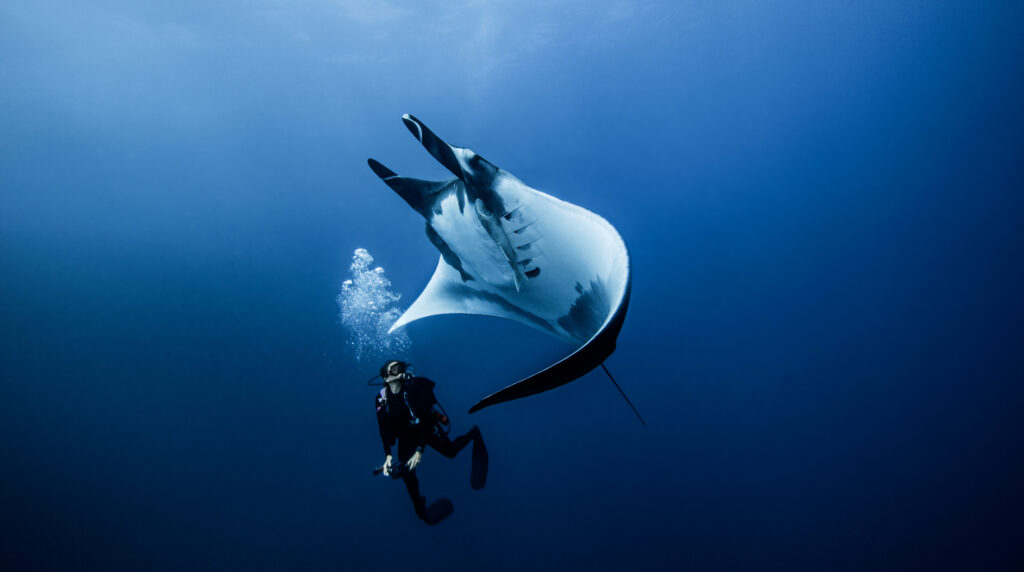What is an Adjustable Buoyancy Life Jacket?

An adjustable buoyancy life jacket (ABLJ) is a crucial piece of equipment in scuba diving, designed to help divers manage their buoyancy underwater. Buoyancy control is vital for a safe and enjoyable diving experience, as it allows divers to maintain neutral buoyancy, ascend, or descend smoothly. The ABLJ combines the functionality of a life jacket with the capability to adjust buoyancy, making it an essential tool for divers of all levels. This article will delve into the history, design, types, operational use, safety features, and overall impact of ABLJs on scuba diving.
What is Intermediate Pressure?

Intermediate pressure is a critical concept in scuba diving, referring to the pressure between the first and second stages of a diver’s regulator system. This pressure is crucial for the proper functioning of the diving equipment, ensuring that the diver can breathe comfortably and safely underwater. Understanding intermediate pressure is essential for both recreational and technical divers, as it affects the overall performance and safety of the diving gear. This article delves into the principles, mechanics, equipment implications, maintenance, environmental impacts, and advanced applications of intermediate pressure in scuba diving.
What is Weight in Scuba Diving?

Weight is a fundamental concept in scuba diving, playing a crucial role in a diver’s ability to achieve neutral buoyancy and maintain control underwater. In the context of scuba diving, weight refers to the additional mass that divers carry to counteract the buoyancy of their bodies and equipment. Proper weighting is essential for divers to descend, ascend, and maintain depth with ease, ensuring a safe and enjoyable underwater experience. This article delves into the physics of weight in water, the types of weights used, how to calculate the required weight, and the importance of weight placement and safety considerations.
What is Equalization when Scuba Diving?

Equalization is a vital process for scuba divers, referring to the act of balancing the pressure of a gas-filled space with the surrounding or ambient pressure. This technique is essential in counterbalancing the increase in water pressure as divers descend and ascend, ensuring a safe and comfortable diving experience.
What is a Whip?

In the context of scuba diving, a whip refers to a flexible hose or tube used to transfer high-pressure air or other gases from one source to another. Whips are integral to diving operations, facilitating the safe and efficient management of breathing gases. These hoses connect various pieces of diving equipment, such as air tanks, regulators, and buoyancy control devices (BCDs), ensuring divers have a reliable supply of air while underwater. Understanding the role and functionality of whips is crucial for maintaining safety and performance during scuba diving activities.
What is a Jon Line?

A jon line is a specialized piece of equipment used by scuba divers to maintain a stable position underwater, particularly during decompression stops in strong currents. It is essentially a length of cord or webbing, typically around 1.5 to 2 meters (4.9 to 6.6 feet) long, equipped with a clip or carabiner at one end and sometimes a handle or loop at the other. The term “jon line” is derived from its creator, Jon Hulburt, a diver who saw the need for such a tool to aid divers in holding their position without expending excessive energy. In technical and recreational diving, the jon line has become a crucial tool for ensuring safety and reducing physical exertion during prolonged stops.
What is Visual Inspection?

Visual inspection in scuba diving refers to the systematic examination of diving equipment to ensure its safety and functionality. This process is vital in identifying potential issues that could compromise a diver’s safety. Given the high-risk nature of scuba diving, regular visual inspections are crucial for preventing equipment failure that can lead to serious accidents. This article delves into the history, purpose, techniques, common issues, and standards associated with visual inspections in the diving industry.
What is Supplied Air Snorkeling for Youth (SASY)?

Supplied Air Snorkeling for Youth (SASY) is a specialized diving system developed to introduce the fascinating world of underwater exploration to young individuals. It bridges the gap between snorkeling and scuba diving, offering a safe and controlled environment for children to explore and learn about the underwater world without diving too deep. The SASY system consists of a Buoyancy Control Device (BCD) paired with a small compressed air cylinder and a regulator, functioning similarly to a traditional scuba system but with features that restrict the user from descending beneath the surface.
What is a Controlled Buoyant Lift?

A controlled buoyant lift (CBL) is a critical technique in scuba diving, essential for safely managing the ascent of an incapacitated diver. It involves carefully adjusting the buoyancy of both the rescuer and the casualty to achieve a controlled and steady ascent to the surface. This procedure is vital in emergency scenarios, ensuring that the casualty is brought to the surface efficiently and safely without risking decompression sickness or other complications associated with rapid ascents. The mastery of CBL is a fundamental skill for rescue divers and is included in advanced training programs across various diving certification organizations.
What is a Dump Valve?

A dump valve, also known as a bleeder valve, is an essential component of a buoyancy control device (BCD) used in scuba diving. Its primary function is to allow divers to release air quickly from their BCD in certain situations, such as during an emergency rapid ascent. This entry will explore the design, function, and safety measures of a dump valve, with a particular emphasis on its role in ensuring a safe and enjoyable diving experience.
